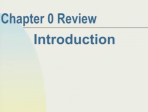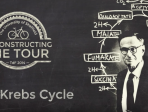 00:03:00
00:03:00
The Krebs Cycle
Matt Johnson explains the Krebs Cycle, its discovery by a University of Sheffield Nobel Prize winner and its role in endurance sports such as cycling.
More details | Watch now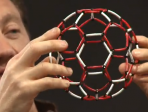 00:03:00
00:03:00
Modelling C60
 00:05:00
00:05:00
Wave Power
The UK coast is constantly being bombarded by sea waves. There is a massive amount of power available from these waves. Jonathan describes three different ways of generating electrical power from water waves.
More details | Watch now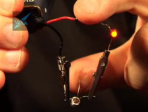 00:03:00
00:03:00
How does a transistor work?
A short video explaining how transistors work. At the heart of our high-tech society with radios, mobile phones, computers and space exploration are tiny electronic components called transistors. They have revolutionised electronics and in the pr....
More details | Watch now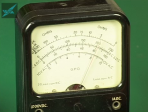 00:06:00
00:06:00
Solar Cells
A short video on solar cells explaining with accompanying information sheet. How they work and how Jonathan uses solar power at home.
More details | Watch now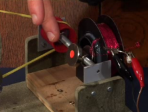 00:06:00
00:06:00
Simple Electrical Generator
With some simple circuitry and a homemade hand powered generator Jonathan makes AC and DC electricity that could be used for charging a mobile phone or attaching to a wind turbine.
More details | Watch now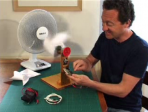 00:09:00
00:09:00
Paper Windmills
Jonathan makes some simple paper windmills/turbines and experiments with a simple generator to power house hold devices such as torches, calculators and even a radio.
More details | Watch now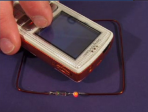 00:04:00
00:04:00
Mobile Phone
Jonathan shows us with a cheap and simple homemade demonstration how your mobile telephone generates radio waves in order for you to use it to communicate. As you will see you can use this method to explore many aspects of your mobile phone!
More details | Watch now 00:06:00
00:06:00
What is Graphene?
In October 2010 the Nobel Prize for Physics was won by Andre Geim and Konstantin Novoselov at Manchester University for their work on graphene but if you are left wondering just what graphene is then watch this video. Jonathan explains all.
More details | Watch now 00:07:00
00:07:00
Graphene and the Carbon Revolution
Jonathan explains what graphene is and how it fits into the revolution in carbon science.
More details | Watch now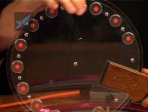 00:04:00
00:04:00
Electrical Generator
This short video shows one of the demonstrations for the Physics SEPNet exhibition - "Who will keep the lights on?" which travelled around the southern UK from February 2009. We describe and explain the electrical generator demonstration which Jona....
More details | Watch now 00:04:00
00:04:00
Queueing theory
Bill introduces queueing theory and uses it to design the most efficient check out line
More details | Watch now 00:04:00
00:04:00
Photocopier
Bill uses power tools to take apart a photocopier. He shows how it works, and shares the story of its invention by Chester Carlson.
More details | Watch now 00:05:00
00:05:00
The Light Bulb
Bill reads from his book of fairy tales. He tells the story of the engineering of a light bulb, focusing on the materials breakthrough needed to make the filament.
More details | Watch now 00:03:00
00:03:00
Copper – The Miracle Metal
Bill cuts a copper pipe from his ceilng to show the five properties of copper that make it the most important metal for our world: From clean water to electronics.
More details | Watch now 00:06:00
00:06:00
Concrete
Bill moves a piece of sewer pipe into his office to show how important the ancient material concrete is to our modern world. It, of course, wreaks havoc on his office.
More details | Watch now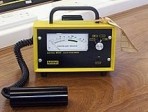 00:03:00
00:03:00
The Geiger Counter
Bill sings a song - with help from Doris Day - about the geiger counter. He shows that scientist Hans Geiger became an engineer when he designed the counter as a tool to make his life easier.
More details | Watch now 00:03:00
00:03:00
The Cell Phone
Bill invades a cell phone store to show that the design of a mobile isn't arbritary. Engineers uses seven basic principles to create a useful phone.
More details | Watch now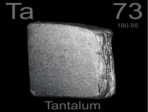 00:03:00
00:03:00
Tantalum
With his hammer Bill cracks up a cell phone to expose how our electronic gadgets rely on the mineral tantalum - mined as Coltan.
More details | Watch now 00:03:00
00:03:00
Why a Chair?
Bill asks the question 'Why a chair?' ... the answer reveals the human aspects of engineering design.
More details | Watch now 00:03:00
00:03:00
Garbage – Rubbish?
Bill covers his office floor with trash to see what takes up space in a landfill. He digs through fast food containers and diapers to learn that what we really need is green design of our manufactured objects.
More details | Watch now 00:03:00
00:03:00
Matches
Bill reveals the importance of matches in the 19th century; he shares how adding phosphorous to them revolutionized life - in both good and bad ways
More details | Watch now